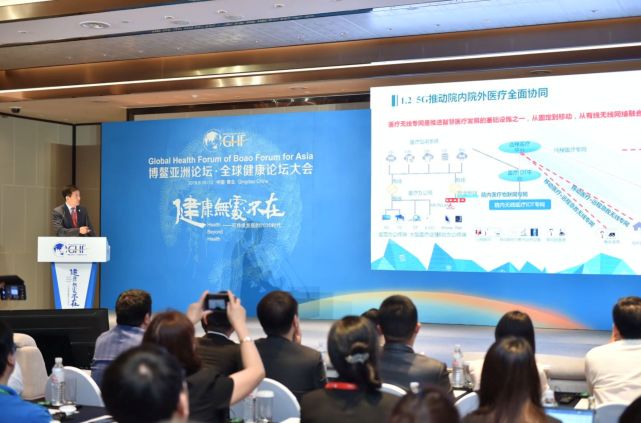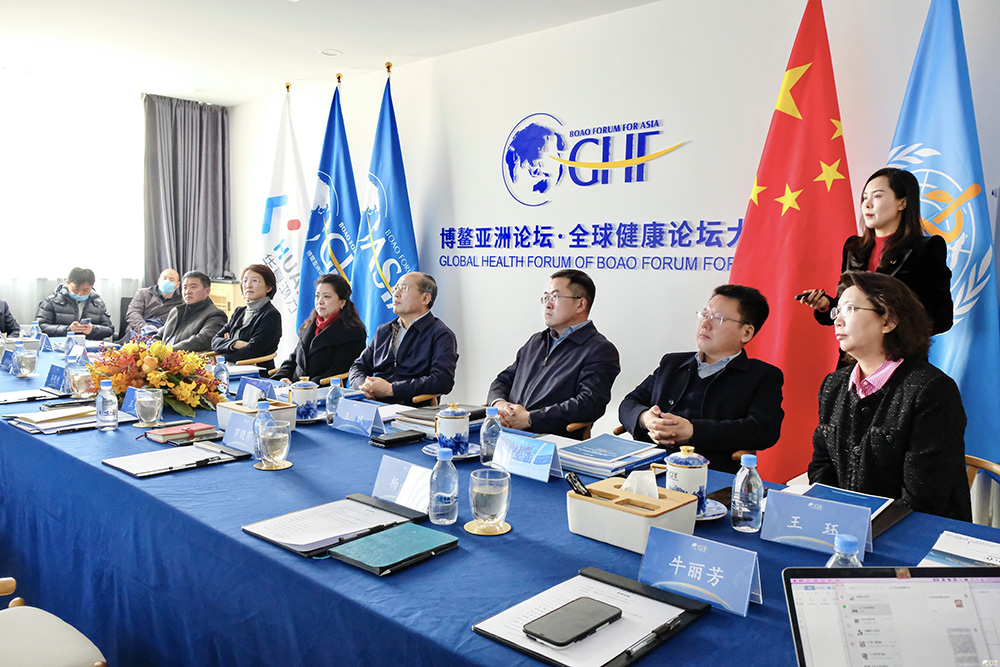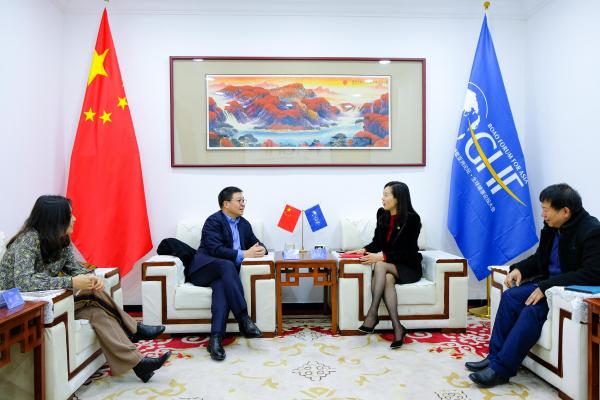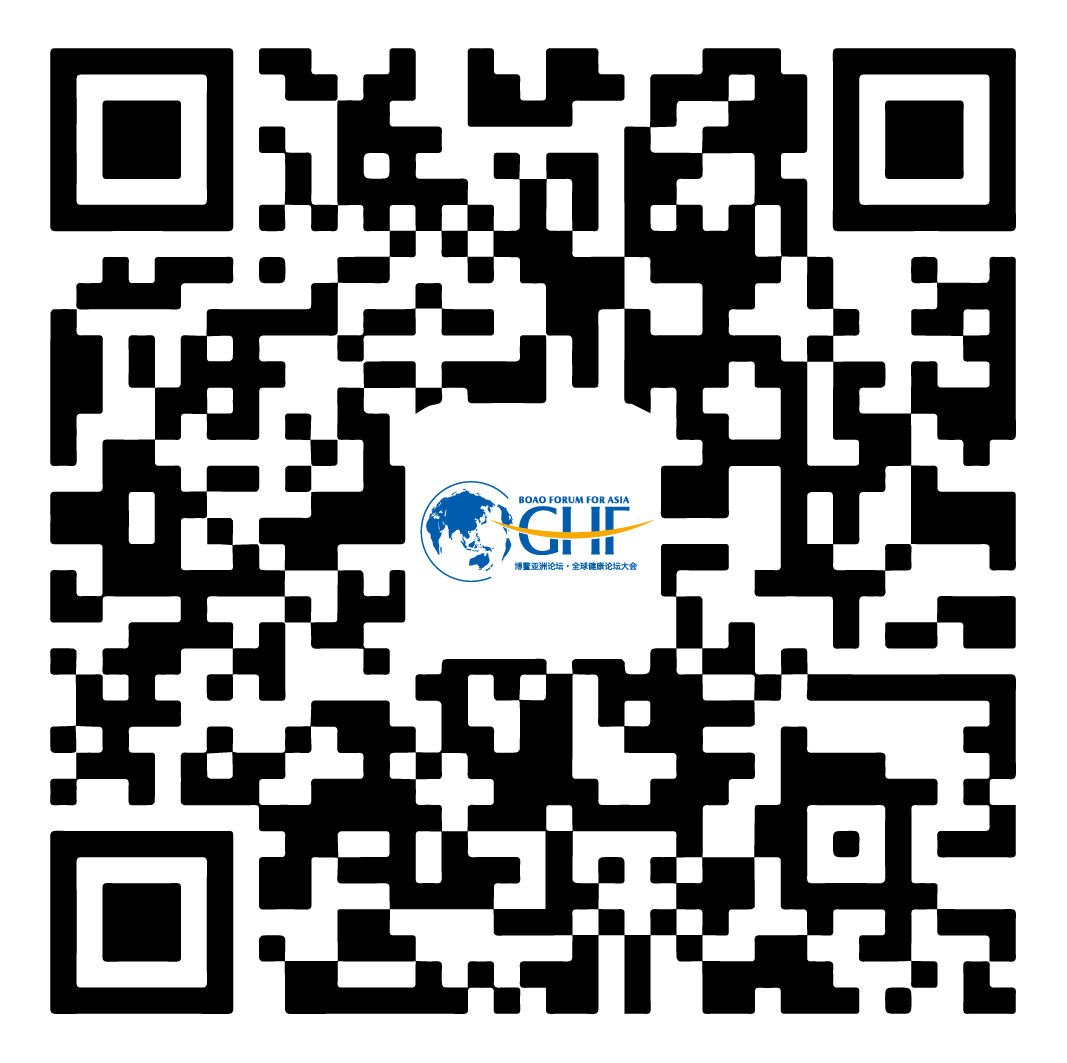Zhao Jie, Deputy Secretary of the Party Committee of the First Affiliated Hospital to Zhengzhou University, Director of the National Engineering Laboratory of Internet Medical Systems and Applications and Director of the National Joint Engineering Laboratory of Mobile Medical Technologies and Services, delivered a speech at the first Global Health Forum of Boao Forum for Asia held in Qingdao from June 10 to 12.

In his speech, Zhao Jie introduced that the most important features of 5G are large traffic, large bandwidth, large connection and low latency, which are suitable for the future needs of medical care, such as interconnection of in-hospital devices, development of inter-hospital medical services, and the organic combination of out-of-hospital emergency treatment and regional medical system.
First of all is 5G monitoring. With future technological means, wireless monitoring will play a very important role. Whether it is patient information, vital signs information, post-operative patient information, or information on patients with sudden diseases, 5G technology can quickly achieve information transmission.
"The monitors used in medical care now, like temperature monitoring, may not be needed in the future. In the future there may be some patches of medical information, with which information can be quickly transmitted to the workstation through the 5G technology network."
Zhao Jie said that through 5G testing, for example, his hospital's inter-departmental consultation, and hospital-to-hospital consultation, can be fully completed in the form of mobile check-in. "Our doctors can manage three hospital areas, and can do remote check-in to the primary hospital. In particular, we are testing the future of robotic room visits, which are mainly used in intensive care units. In the United States, one doctor in the intensive care unit is now in charge of many ward visits through a remote robot. In our place, the robot room check will also become a reality in the future. After 5G test, you can remotely control the robot, and real-time reconnaissance of the guardianship room patients, to truly realize the sinking of quality resources, and raise the whole doctor custody level. "
The second is remote real-time consultation to achieve effective sharing of information with 5G. No matter when and where, primary care institutions can pass all patient information to the consulting doctor, which can have face-to-face effect.
"This will be a very effective means of solving the problem of difficult and expensive medical care for the public. Patients in the village hospital or in the township health center can enjoy the expert services of tertiary hospitals."
The third is the emergency rescue. In 5G era, when the patient gets on the ambulance, it means he is already in the emergency center, because the emergency vehicle can make real-time communication with the hospital information system. You can access the patient's past electronic cases, and issue a variety of checklists to the patient while in the car, and the patient can directly enter the relevant examination department to get the emergency treatment earlier. Some small portable terminals are being developed. With the application of 5G, family doctors can see the patients in the aircraft or on the high-speed railway to achieve remote emergency command and rescue.
The fourth is wireless surgical teaching. 5G transmission can help realize non-destructive surgical teaching, and electrocardiography, imaging, pathology, testing can be completed in a short time with the development of 5G technology. In addition, with 5G network, surgical delay can be reduced to two milliseconds, almost without any delay.
"As you know, the guidance and operation of surgery is a very delicate process, and any operation will endanger the life of the patient. In this process, we had done remote surgery tests, including some robots, including other surgical guidance, and in the future, remote surgical guidance and manipulation, and even surgery operation on patients thousands of miles away by doctors will become a reality."
Zhao Jie also introduced that the National Engineering Laboratory has set up two laboratories: the Internet Network and Security Intelligent Laboratory and the Intelligent Medical and Frontier Technology Laboratory, which are exploring 5G technology, and the laboratory has already realized the construction of the first 5G medical experimental network in the country, and completed the testing of a unique scenario 5G medical application for the first time in China.
The future test is divided into three stages: the first stage is based on the demand analysis and key technology research, the second is about the key technology verification and optimization, and the third is about the development of intelligent medical platform and demonstration applications.
Zhao Jie introduced, through the test they found that compared in the network, the uplink rate of 5G is as 14 times as that of 4G, the downlink rate reached as 15 times as that of 4G, the comprehensive performance of the network is as 100 times as that of 4G, and the delay can be reduced to milliseconds, which makes the entire medical operation in the future very smooth. The application of 5G in medical care will be developed rapidly.



 Reports
Reports
 Partner application
Partner application Download
Download Hot News
Hot News









